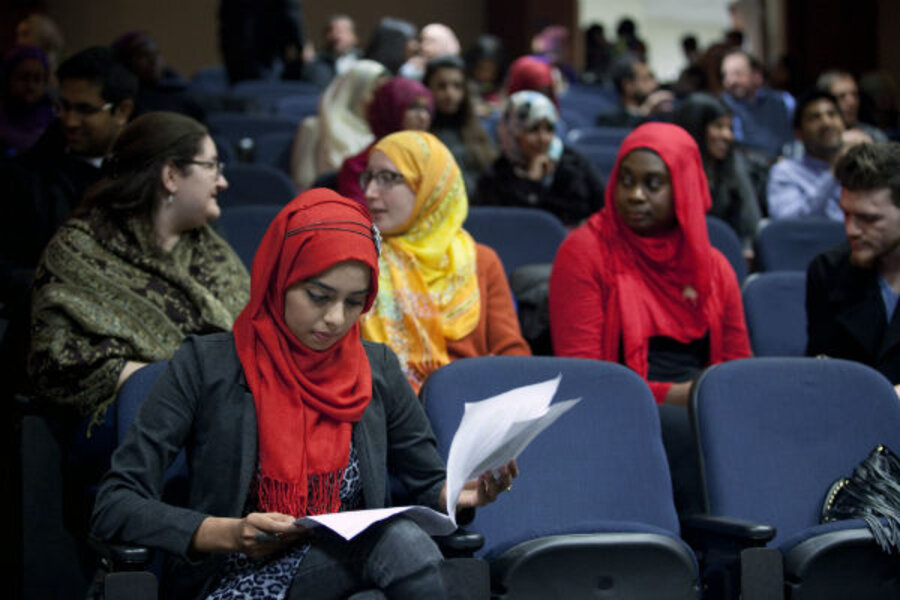Charlotte Angas Scott was an English-American mathematician and educator. Thanks to the encouragement of her father, a congregational church minister, and the tutelage of her mother, Ms. Scott, who was home educated, became the first head of the math department at Bryn Mawr College, which was founded outside of Philadelphia in 1885.
With only her home-schooling credentials, in 1876 she was awarded a scholarship to Girton College, the first residential college in England exclusively for women. The campus was close to Cambridge University, which allowed students to attend lectures at there. At that time, only 22 professors out of 34 total at Cambridge University were willing to let women attend.
Since male students at Cambridge were subjected to standardized tests – called Tripos – in order to graduate with bachelor's degrees with honors, many female students from Girton insisted on taking the exams as well. Scott was given special permission to take the mathematics Tripos in 1880, and news quickly spread when her scores placed her alongside the top male Cambridge graduates that year.
Her work to create standardized testing for college entrance resulted in the formation of the College Entrance Examination Board, which created the SAT.







